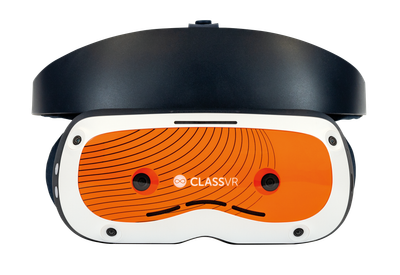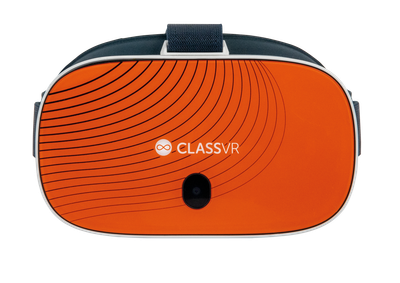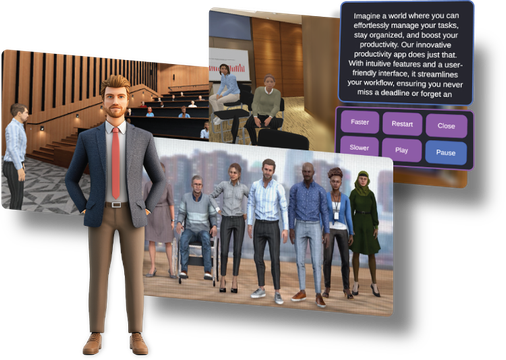
Virtual and Augmented Reality for Higher Education
Immersive Technologies Driving Innovation in Higher Education
Virtual and Augmented Reality for Higher Education
Virtual and augmented reality are reshaping the landscape of higher education, empowering universities and colleges to deliver experiences that were once impossible.
From stepping inside molecular structures to simulating medical procedures or exploring engineering prototypes, VR opens new doors for research, study, and professional preparation. More than a teaching tool, it is a catalyst for innovation, equipping students with the skills, creativity, and confidence to become the next generation of scientists, developers, and entrepreneurs. With ClassVR, learning goes beyond the classroom walls, transforming abstract concepts into tangible, interactive experiences that spark curiosity, deepen understanding, and prepare students for the challenges of tomorrow.
The ClassVR Solution Designed for Higher Education

Xcelerate
Interactive Virtual Reality for Further Education

Xplorer
Engaging VR for all learners
How ClassVR Benefits Higher Education

Hands-on Learning
Mastery doesn’t come from reading about a process, it comes from doing it. In higher education, students need opportunities to apply theory in safe, practical, and repeatable ways. Virtual and augmented reality provide that bridge, enabling learners to practice skills, test knowledge, and build confidence in environments that replicate real-world challenges without real-world risks.
With EduverseCTE: Healthcare, for example, nursing students can step into fully interactive training experiences. They gain hands-on exposure to patient care, medical terminology, anatomy and physiology, and health information systems, all within a controlled virtual environment that prepares them for excellence in clinical practice.
This same immersive approach extends across disciplines, allowing universities and colleges to give students the kind of hands-on practice that was once only possible in the workplace.

Building Future-Ready Graduates
Success in today’s workplace requires more than academic or technical knowledge, it depends on strong communication, collaboration and leadership skills.
EduverseCTE’s career readiness experiences immerse students in real-world scenarios where they can practice presentations, interviews, and teamwork in a safe, supportive environment.
By engaging in lifelike role-play and receiving guided feedback on areas such as eye contact, clarity, and confidence, learners build the essential soft skills that employers value most. These interactive experiences help bridge the gap between academic study and professional practice, ensuring graduates enter the workforce prepared not only with knowledge, but with the interpersonal skills to thrive.
ClassVR in Action at University of Gloucestershire
How ClassVR Benefits Learning
Compared to learners taught with more traditional teaching methods, learners using a VR headsets are:

4x
More Focused

4x
Quicker to Retain Knowledge

275%
More Confident in Applying Learnings
*source: PWC
Frequently Asked Questions
What is the role of virtual reality in higher education?
Virtual reality in higher education provides immersive learning environments where students can explore complex concepts, conduct virtual experiments, and engage in realistic training simulations that would be costly or unsafe in real life.
How is augmented reality used in universities and colleges?
Augmented reality in higher education enhances lectures and coursework by overlaying 3D models, visual guides, and interactive content on physical objects. AR apps help students in subjects like medicine, architecture, and engineering by making abstract ideas more tangible.
What are the benefits of VR and AR for higher education students?
Key benefits include:
Development of career-ready skills through immersive training
Improved engagement and knowledge retention
Hands-on practice in virtual labs and simulations
Accessibility to environments otherwise out of reach (e.g., historical sites, distant planets, hazardous labs)
Which academic fields benefit most from VR and AR in higher education?
VR and AR are widely applied in medicine, nursing, engineering, architecture, archaeology, education, business, and the arts. They allow students to visualise data, simulate professional tasks, and experience environments beyond the classroom.
